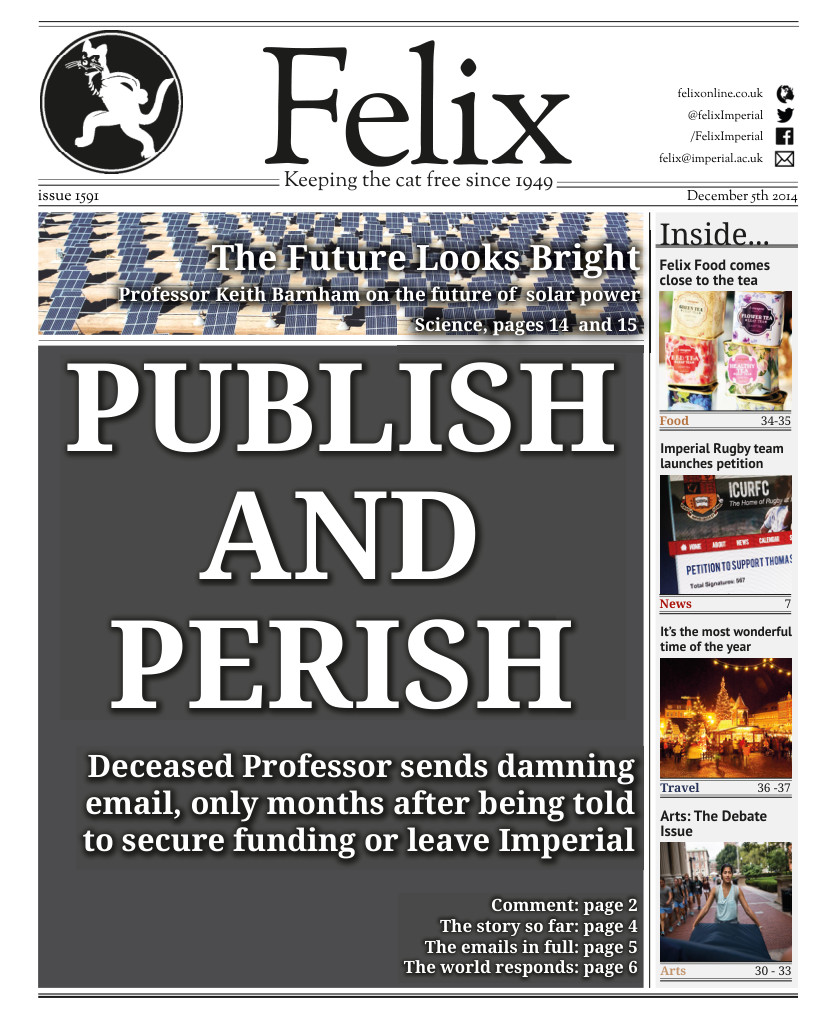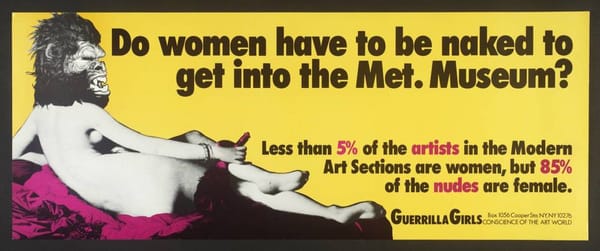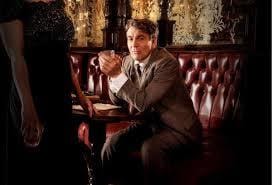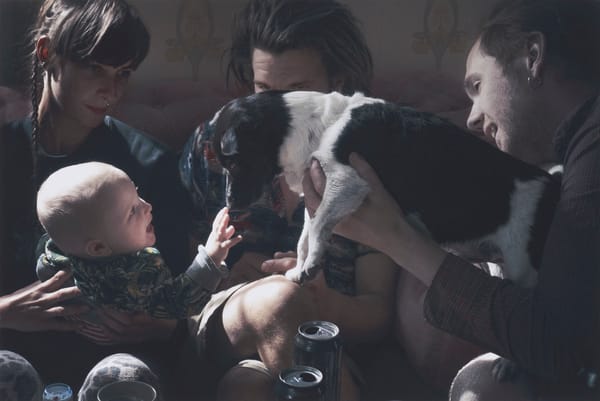Guy Bourdin’s Glamour: Sinister, Surreal & Sexual
Elizaveta Tchebaniouk is enchanted by the photographer’s dark inner visions

Somerset House unveiled the UK’s largest ever exhibition of Guy Bourdin’s work, which spans the 40 year career of the French photographer, and features not only his most iconic photographs, but also never before seen material including Polaroid test shots, double-page spread layouts, contact sheets, as well as Bourdin’s paintings, poetry, Super-8 films, and sketches. In content and title – Guy Bourdin: Imagine-Maker – the exhibition shows Bourdin as not simply a fashion photographer, but also an artist, and portrays his unique craftsmanship and perfectionist approach.
The exhibition begins with Walking Legs – a series of photographs Bourdin took in August 1979 for a Charles Jourdan advertising campaign. His approach was most unconventional; the campaign was shot in locations on a road trip from London to Brighton which Bourdin had taken in his Cadillac, and featured no model apart from a pair of mannequin legs cut off just below the knee. Despite being simplistic due to the absence of the model, the photographs nonetheless convey a most elaborate type of dramatic narrative which is characteristic of Bourdin’s photographs.
The main upstairs gallery features a collection of large iconic Bourdin photographs from Vogue Paris, among unpublished ones, all hung in quadruplets. Bourdin had a large collection of film books where a single movie could be “viewed” still by still, and such an arrangement pays homage to that. Each quadruplet is much like a collection of movie stills from a film noir, which tells a loosely related narrative. A girl lies face down on the floor, naked, while scarlet paint leaks from her mouth. Another girl makes a phone call from a booth, all the while in front of two pairs of legs which appear to be lying limply on a sand-pile, with the torsos leaning out of view. Two models lie in a bed, a pile of sauerkraut and sausages before them; one girl eats a sausage with one hand, while giving the other girl a sausage with the other. All these appear to be unlikely ad campaigns, and yet they were commissioned by high-end clients such as Vogue Paris, Pentax calendar, Versace, and Charles Jourdan. Bourdin’s sought after photographs were revolutionary in that they gave glamour a surreal and sexually sinister hue, and that is why the fantasy they depicted captivated and mesmerized their audience.
In another room are four screens which play segments of Bourdin’s unique Super-8 short films, accompanied by music. Suddenly, one is transported to an atmosphere of Wes Anderson-like dreamy melancholy the very opposite of the sinister and surreal one sensed in the previous gallery. Watching a French maid dance with a trouser-less man in a blazer and dress-shirt is a most refreshing and charming experience.
Bourdin was revolutionary not only in his content, but also his approach. There was a precise science to his art – nothing was accidental, but the product of a meticulous process. Unlike his contemporaries, Bourdin would submit a ready layout indicating the precise placement of his photographs to the magazine publishers. Examples of Bourdin’s layouts and contact sheets are showcased in the exhibition, as well as polaroids of landscapes which Bourdin took and marked with black tape to focus in on a particular area that interested him as a possible background. Similarly, it is worth noticing that the photographs exhibited in quadruplets in the main gallery are all slightly different sizes – Bourdin purposefully adjusted the widths and length when editing to achieve the focus which was most perfect for the subject and content of each specific photograph.
Bourdin would also surprise his contemporaries by eagerly accepting assignments of shoe and accessory advertising campaigns, normally given to more inexperienced photographers due to their constraints. Bourdin, on the contrary, felt the tight boundaries of such narrow focus did the opposite – they provided him with the space for creative freedom, and the ability to experiment within the boundaries. An example of such campaign is shown in the exhibition in a room solely dedicated to Bourdin’s photographs for a shoe advertisement campaign, which were taken of two models in a hotel room, and clearly shows Bourdin’s mastery in creating such novel diversity out of a simple setting.
Another room of the exhibition displays something most surprising and unexpected of a conventional fashion photographer – his paintings, and thus Bourdin continues to prove to be an artist beyond his being established as a fashion photographer. The subjects and motifs which are present in the paintings are paralleled in some of Bourdin’s photographs, and these are displayed alongside. Unlike the photographs, most of the painting which are exhibited are unfinished, showing traces of reworks and alterations. Even the finished paintings are neither dated nor signed.
Bourdin created the perfect dream-like atmosphere which captivates the viewer with its strangeness. A sense of the unexpected and the artificial are central in Bourdin’s photographs – in them, he engineered a surreal and dark world. The staged world is personal to the viewer – the mind of each fills in the story of the fantasy, and that is perhaps how Bourdin’s photographs subconsciously and indirectly create desire, and sold the product. But there is a deeper significance behind the advertisements; much like Bourdin’s beloved film noirs, his photographs offer an unexpected escape from the familiarity of reality – one catches a glimpse, for a brief moment, of the rich and strange world as Bourdin saw it.
Guy Bourdin: Image Maker is on at Somerset House until 15th March 2015. Tickets are £9 adults; £7 concessions.
A talk with curator Alistair O’Neill, examining the lasting influence of Bourdin, will be held on 11th December. Tickets available online.








